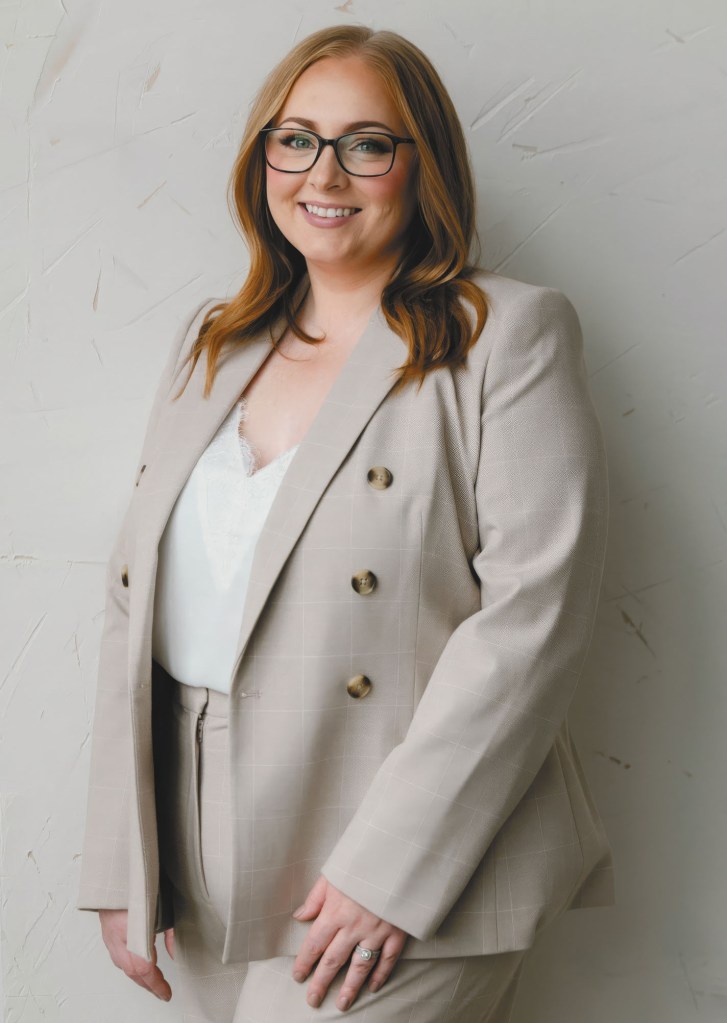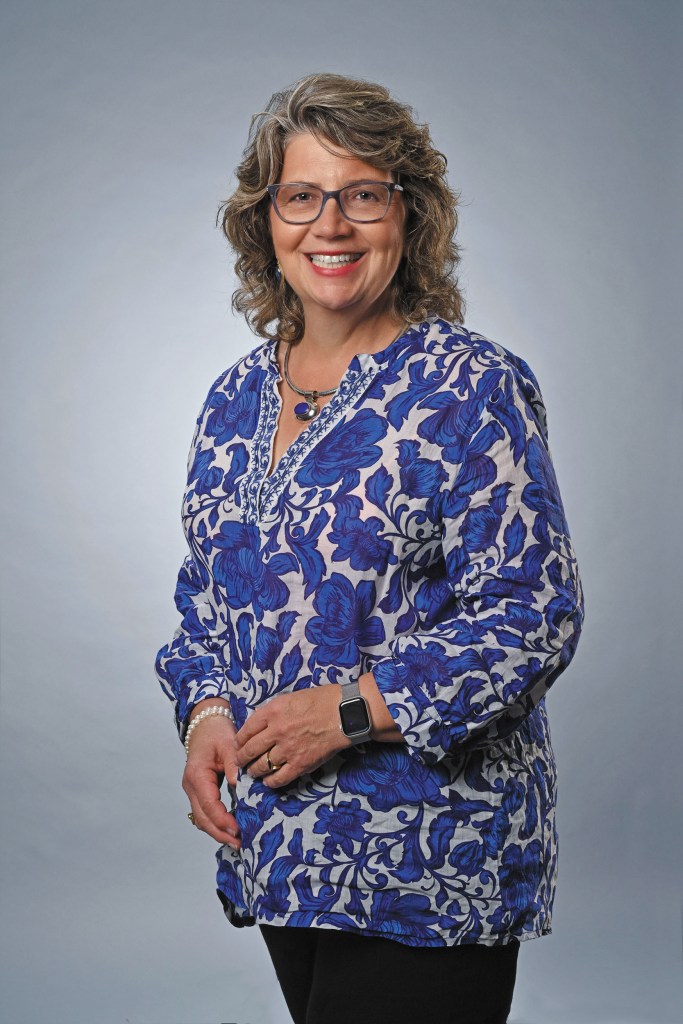20 Years After 9/11: Q&A with RPS President Joel Cavaness
By: Will Jones
September 11, 2021, marks 20 years since the 9/11 terrorist attacks. For an industry used to dealing with disaster, insurance felt the impact of the ensuing economic and political uncertainly as much as any other after the attacks.
9/11 was a pivotal time for Risk Placement Services (RPS), which was founded as a start-up wholesale broker in 1997 with just four employees. Since then, RPS has grown to become one of the largest specialty insurance distributors in the U.S., ranked as the largest managing general agent and Lloyd’s coverholder in the U.S. and now employs nearly 3,000 employees in more than 80 offices across the country.
“We were fortunate to not have lost any employees on Sept. 11, but we all knew people who passed away or who lost loved ones and colleagues,” says Joel Cavaness, president of RPS.
To commemorate the 20th anniversary of the 9/11 attack, Independent Agent magazine interviewed Cavaness to discuss the impact it had on the young business, how the tragedy shaped the excess & surplus market, and the parallels that can be drawn with the COVID-19 pandemic and writing business in today’s E&S marketplace.
How did 9/11 affect RPS at that time?
As the country reacted to what had just occurred, we spent the following weeks finding coverage for our customers in a rapidly changing insurance marketplace. Operating within that sense of urgency, realizing the importance of what we were doing and providing a sense of confidence to our clients in an uncertain environment, we worked collaboratively as a team and focused on coming through for our clients. That made us stronger as a young company, and it was the start of the culture that we still have in place today.
What impact did 9/11 have on the excess & surplus market at the time?
The E&S market is truly the safety valve that steps in and provides solutions for the unknown—and 9/11 created lots of unknowns. The safety valve of the E&S market relieved the pressure that existed in the standard insurance marketplace, where carriers were pulling back on exposures and risks of all types, making it difficult for agents and brokers to find coverage. As a result, that event spurred a growth in the E&S market that continues to this day.
With that growth, we’ve also seen tremendous consolidation in the E&S industry. This has benefited the industry because with it comes a greater depth of resources, fostering the ability to create coverages and solutions that wouldn’t have existed in prior times.
What lessons were learned from 9/11 that the insurance industry can draw from today?
In some respects, we learned that the federal government and the industry can work together to solve unprecedented challenges. The government stepped in to provide a solution in the form of the Terrorism Risk Insurance Act—a backstop that allowed the private sector to insure what would have otherwise been considered uninsurable. No one knew where terrorism coverage was going and agents and brokers were concerned about providing coverage.
It was very similar to the current COVID-19 environment because coverage was either unavailable or extremely difficult to find—and there were so many unknowns and concerns about future terrorism activities.
Over time, private coverage has been crafted, primarily through the E&S market, to provide for alternatives to this backstop program. I believe that there will eventually be some form of similar arrangement for pandemics.
It is difficult to predict everything that might impact an insured. We consider insurance to provide, in most cases, coverage for direct physical loss. We have learned that sometimes that is not enough and that coverages will evolve to provide for events never contemplated in the past. The E&S market is in a unique position to provide for these new exposures.
How should leaders lead through difficult market conditions?
Employees should always come first—that has always been key to our firm’s success. We provide consistent communication to not only discuss work, but to check in on the health and welfare of our employees. During the pandemic, RPS established a schedule of virtual employee recognitions, health and community-building events and initiatives. We recognize that when employees focus on taking care of themselves and their families and take advantage of their employee benefit services, they enjoy their work more and better serve their clients.
I also believe success in difficult times is achieved by responding to the market with innovative solutions for new or growing risks. During the pandemic, RPS launched products designed specifically for the unique environment of home-based businesses, and a comprehensive crisis management solution for small businesses.
How has RPS adapted to the current business environment?
We were operating 100% remotely within days of the nationwide shutdown. We have always had disaster recovery plans in place, and the coronavirus pandemic confirmed the value of that critical piece of including technology preparedness within our overall business continuity plan.
I have great pride in how resilient and adaptive my RPS colleagues were during the pandemic—they adjusted how they interacted with their clients, making themselves available via Zoom, FaceTime, texting—in whatever way our clients wanted to communicate.
We had an advantage in responding to customer digital expectations as we already had an online digital platform in place for our clients prior to the pandemic, available 24/7 to quote, bind and issue policies. Our platform has enabled independent agents and brokers to not skip a beat since the shutdown and we’ve seen even more activity in our online platform since March 2020.
What factors are affecting the E&S market in 2021?
When standard market rates are up, and coverage terms and risk appetites are restricted, it leads to greater opportunities in the E&S market. Through a non-admitted market, E&S brokers and agents have more specialized expertise, flexibility and creativity to offer a customized policy or a broader range of insurance options than the standard marketplace.
Since 2019, a series of losses and factors began driving many property accounts to the E&S market. Convective storms, hurricanes, wildfires and other catastrophes; a shift in the primary market from providing blanket limits on properties to insuring for value; the escalating costs of construction; and a labor shortage have all played their part. As for specific industries, we’re seeing manufacturers enter the E&S marketplace, whereas before they were held firmly in the standard market.
Other business lines also continue to grow in the E&S market, such as primary & excess casualty business due to higher social inflation, larger jury awards and international litigation funding, as well as standard carriers pulling back limits. Directors & officers is another line that continues to grow because it has experienced many of the same issues as the casualty market around increased costs of litigation.
Cyber is also experiencing growth in E&S due to the recent proliferation of ransomware attacks and vulnerabilities of employees working remotely during the pandemic, resulting in higher rates and restrictions in capacity, terms and conditions.
What advice would you give to agents and brokers in the post-pandemic era?
In my experience, it is during times of uncertainty that it’s best to make sure you explore all available options, and so agents and brokers should do just that with their customers when crafting an insurance program.
In typical insurance discussions, there are a lot of coverages that get overlooked, are dismissed or are not properly placed. There are a lot of frustrated customers out there who believed the insurance they paid for should have responded to the impact of the coronavirus pandemic but didn’t. Agents and brokers are the trusted advisors to their clients, and they are on the front line of our industry to help insureds understand the reasons a policy may or may not respond.
Will Jones is IA editor-in-chief.










